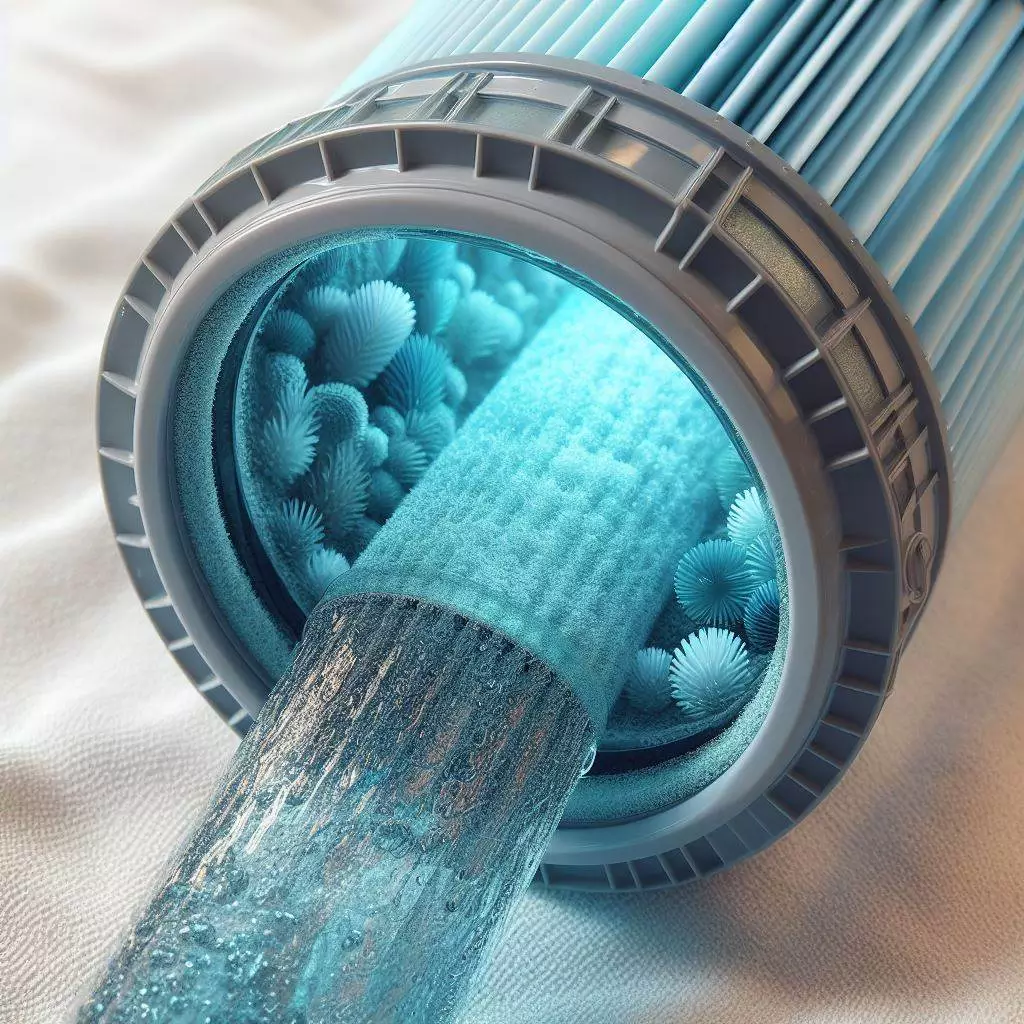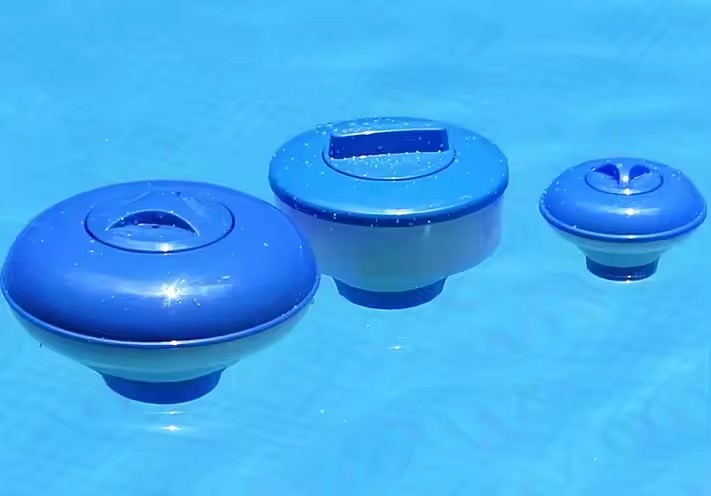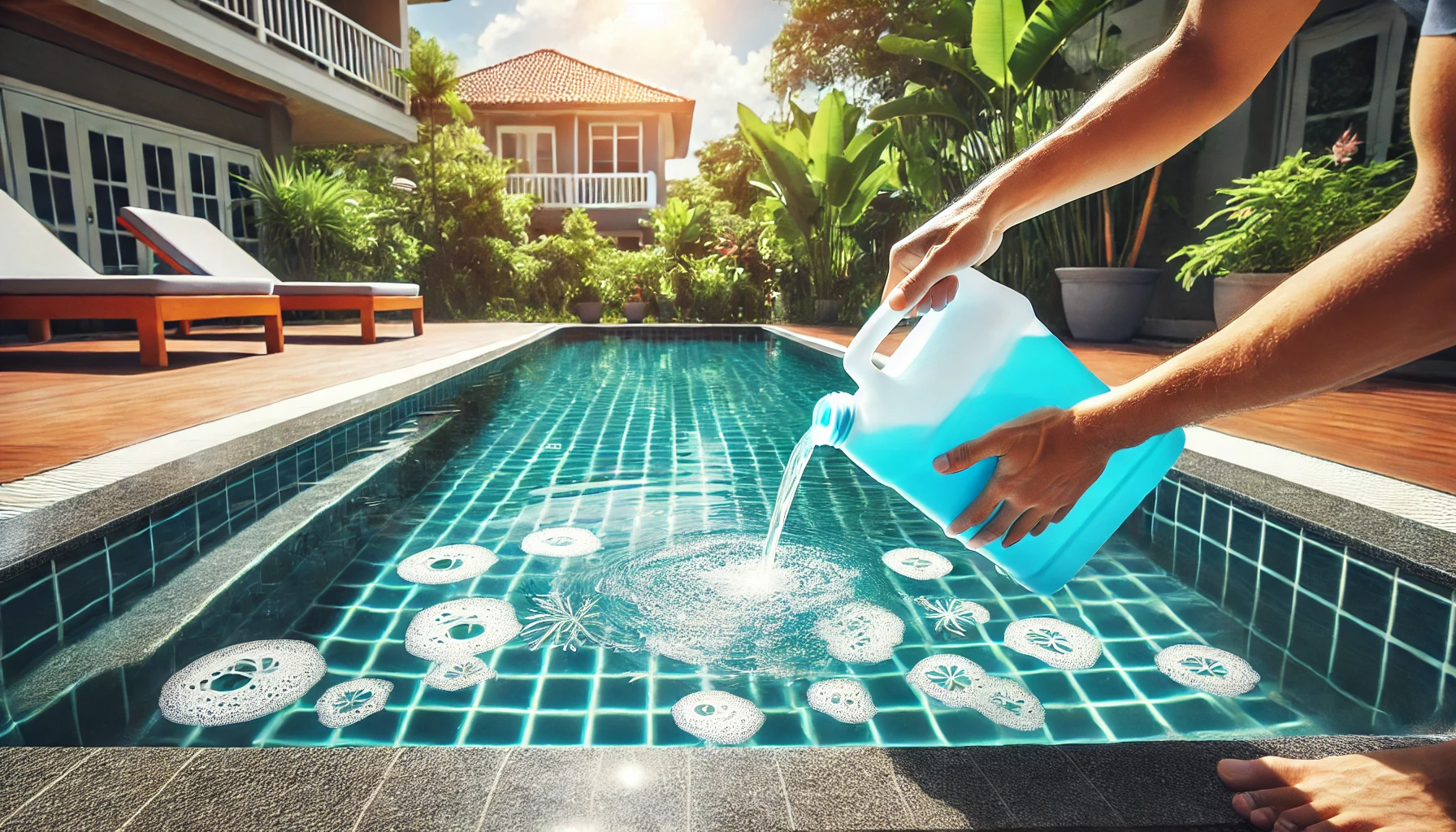When it comes to maintaining a clean and healthy swimming pool, the choice of the right sand pump and filter pump is crucial. These components play vital roles in circulating water and removing debris, ensuring that your pool remains a safe and pleasant environment for swimming. In this article, we will guide you through the process of selecting the best sand pump and filter pump for your pool, considering factors such as pool size, pump capacity, filter type, and efficiency.

Understanding Sand Pumps and Filter Pumps
Before diving into the selection process, it’s essential to understand the functions of sand pumps and filter pumps in pool maintenance. A sand pump, often part of a sand filter system, circulates water through a bed of sand where fine particles and debris are trapped. The clean water is then returned to the pool. This process is effective for removing small to medium-sized particles, enhancing water clarity and hygiene.
A filter pump, on the other hand, is the heart of the pool’s circulation system. It moves water through the filter, heater (if present), and chlorinator (for pools that use chlorine), ensuring that the water is filtered, heated, and sanitized before it flows back into the pool. The efficiency and capacity of the filter pump directly impact the effectiveness of the pool’s filtration and sanitation systems.
Selecting the Right Sand Pump
Pool Size and Pump Capacity
The first step in selecting a sand pump is to consider your pool’s size. The pump’s flow rate, measured in gallons per minute (GPM) or liters per minute (LPM), should match the volume of your pool. A general rule of thumb is that the pump should be capable of circulating the entire pool volume within 8 to 10 hours.
Sand Filter Compatibility
Ensure that the sand pump is compatible with your sand filter system. The pump and filter must work in harmony, with the pump’s flow rate within the filter’s maximum flow capacity. This balance is crucial to avoid overworking the pump or under-filtering the water.
Energy Efficiency
Opt for energy-efficient models to reduce operating costs. Look for pumps with variable speed settings, allowing you to adjust the flow rate based on the pool’s needs, which can significantly lower energy consumption.
Choosing the Right Filter Pump
Filter Type and Size
The choice of filter pump largely depends on the type of filter you have or plan to install—sand, cartridge, or diatomaceous earth (DE). Each filter type has its own requirements for optimal flow rates and maintenance routines. The size of the filter and its design flow rate should match the pump’s capacity to ensure efficient filtration.
Pump Power and Efficiency
Consider the horsepower (HP) of the filter pump, which should be appropriate for your pool size and the filter’s resistance to flow (also known as head loss). A pump that is too powerful can lead to rapid wear and tear, while an underpowered pump may fail to circulate water effectively.
Energy-Saving Features
Like sand pumps, choosing a filter pump with energy-saving features, such as variable speed settings, can significantly reduce electricity usage and operating costs. These pumps adjust their speed according to the pool’s filtration needs, optimizing energy use.
Installation and Maintenance
Proper installation and regular maintenance are key to the longevity and efficiency of sand and filter pumps. Follow the manufacturer’s installation guidelines or hire a professional to ensure that the system is set up correctly. Regular maintenance, including cleaning the pump basket, checking for leaks, and monitoring system pressure, will keep the pumps running smoothly.
Conclusion
Choosing the right sand pump and filter pump for your pool requires careful consideration of your pool’s size, the compatibility between the pump and filter, and the efficiency of the system. By selecting the appropriate equipment and adhering to regular maintenance practices, you can ensure a clean, healthy, and enjoyable swimming environment for years to come.


